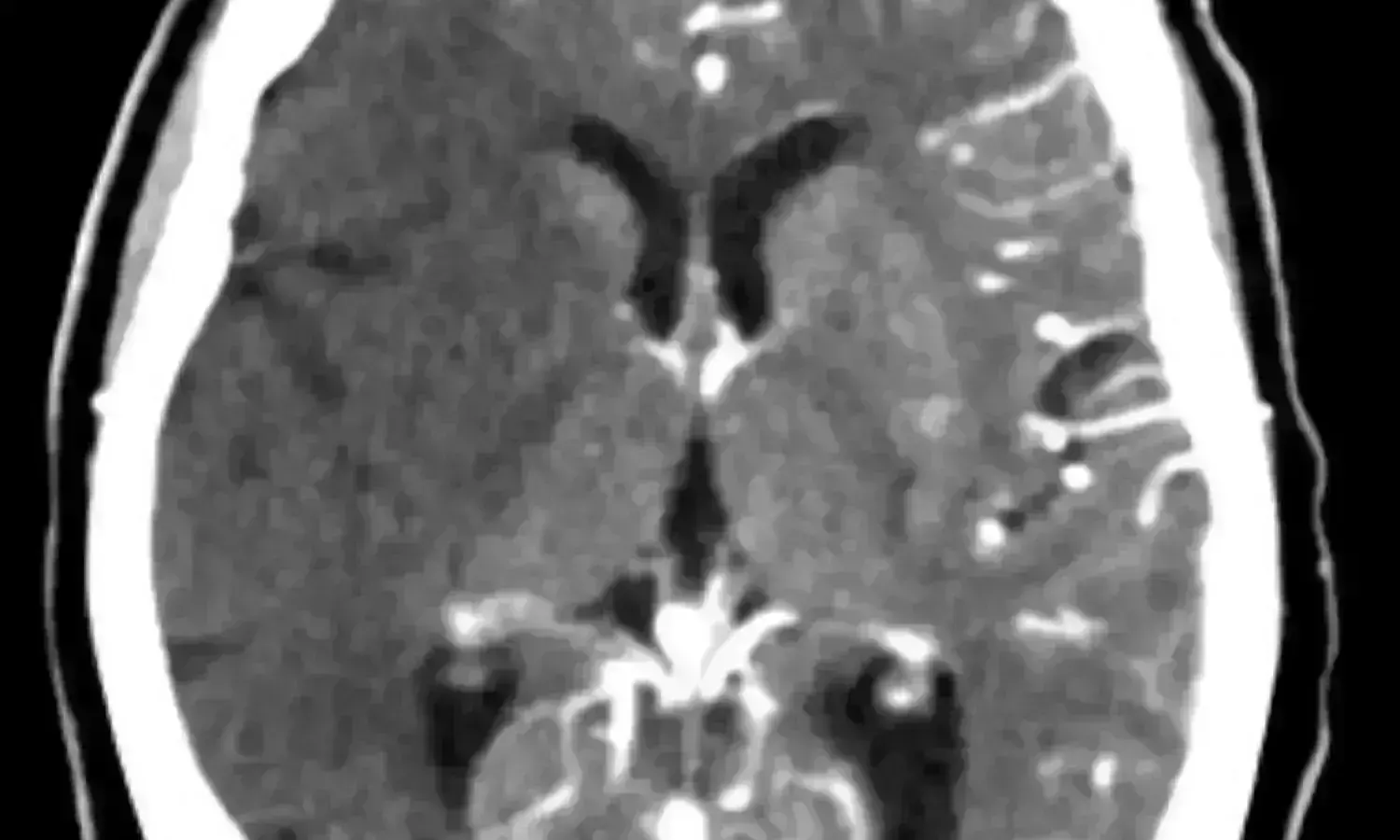- Home
- Medical news & Guidelines
- Anesthesiology
- Cardiology and CTVS
- Critical Care
- Dentistry
- Dermatology
- Diabetes and Endocrinology
- ENT
- Gastroenterology
- Medicine
- Nephrology
- Neurology
- Obstretics-Gynaecology
- Oncology
- Ophthalmology
- Orthopaedics
- Pediatrics-Neonatology
- Psychiatry
- Pulmonology
- Radiology
- Surgery
- Urology
- Laboratory Medicine
- Diet
- Nursing
- Paramedical
- Physiotherapy
- Health news
- Fact Check
- Bone Health Fact Check
- Brain Health Fact Check
- Cancer Related Fact Check
- Child Care Fact Check
- Dental and oral health fact check
- Diabetes and metabolic health fact check
- Diet and Nutrition Fact Check
- Eye and ENT Care Fact Check
- Fitness fact check
- Gut health fact check
- Heart health fact check
- Kidney health fact check
- Medical education fact check
- Men's health fact check
- Respiratory fact check
- Skin and hair care fact check
- Vaccine and Immunization fact check
- Women's health fact check
- AYUSH
- State News
- Andaman and Nicobar Islands
- Andhra Pradesh
- Arunachal Pradesh
- Assam
- Bihar
- Chandigarh
- Chattisgarh
- Dadra and Nagar Haveli
- Daman and Diu
- Delhi
- Goa
- Gujarat
- Haryana
- Himachal Pradesh
- Jammu & Kashmir
- Jharkhand
- Karnataka
- Kerala
- Ladakh
- Lakshadweep
- Madhya Pradesh
- Maharashtra
- Manipur
- Meghalaya
- Mizoram
- Nagaland
- Odisha
- Puducherry
- Punjab
- Rajasthan
- Sikkim
- Tamil Nadu
- Telangana
- Tripura
- Uttar Pradesh
- Uttrakhand
- West Bengal
- Medical Education
- Industry
Early CTA imaging benefits patients with transient ischemic attack: Study

Germany: Acute computed tomography angiography (CTA) reveals high-grade ipsilateral pathology in more than every fifth transient ischemic attack (TIA) patient, reveals a recent study. This could therefore be an important diagnostic tool in the initial workup. Further, those with heart disease and/or short duration of symptoms were shown to benefit more likely from CTA to streamline further diagnostics and therapy.
The study was published in the journal BMC Neurology on 03 January 2022.
TIA is an important predictor for a pending stroke. A workup for TIA patients similar to that of stroke patients, including an assessment of the extra- and intracranial arteries for vascular pathologies with direct therapeutic implications via CTA is recommended.
Against the above backdrop, Ilko L. Maier, Department of Neurology, University Medicine Göttingen, Göttingen, Germany, and colleagues aimed to systematically analyze patients who received early CTA-imaging and evaluate the predictive value of TIA-scores and clinical characteristics for ipsilateral vascular pathologies and the need for invasive treatment.
For this purpose, the researchers analyzed clinical and imaging data from TIA patients who were admitted to a tertiary university hospital between September 2015 and March 2018. The researchers classified them into the following categories: 1) no- or low-grade vascular pathology 2) ipsilateral high-risk vascular pathology and 3) high-risk findings that needed invasive, surgical, or interventional treatment. They investigated established TIA-scores (ABCD2-, the ABCD3- and the SPI-II score) and various clinical characteristics as predictive factors for ipsilateral vascular pathologies and the need for invasive treatment.
Following were the study's key findings:
· Of 812 patients, 531 (65.4%) underwent initial CTA in the emergency department.
· In 121 (22.8%) patients, ipsilateral vascular pathologies were identified, of which 36 (6.7%) needed invasive treatment.
· The ABCD2-, ABCD3- and SPI-II scores were not predictive for ipsilateral vascular pathologies or the need for invasive treatment.
· Male sex (OR 1.579), a short duration of symptoms (OR 0.692), arterial hypertension (OR 1.718), and coronary heart disease (OR 1.916) were identified as predictors for ipsilateral vascular pathologies.
· As predictors for the need for invasive treatment, a short duration of symptoms (OR 0.565), arterial hypertension (OR 2.612) and hyperlipidemia (OR 5.681), as well as the absence of atrial fibrillation (OR 0.274), were identified.
To conclude, more than every fifth TIA patient had relevant vascular findings revealed by acute CTA. TIA scores were not predictive of these findings.
"Patients with a short duration of symptoms and a vascular risk profile including coronary heart disease, arterial hypertension and hyperlipidemia most likely might benefit from early CTA to streamline further diagnostics and therapy," wrote the authors.
Reference:
Maier, I.L., Herpertz, G.U., Bähr, M. et al. What is the added value of CT-angiography in patients with transient ischemic attack?. BMC Neurol 22, 7 (2022). https://doi.org/10.1186/s12883-021-02523-y
Dr Kamal Kant Kohli-MBBS, DTCD- a chest specialist with more than 30 years of practice and a flair for writing clinical articles, Dr Kamal Kant Kohli joined Medical Dialogues as a Chief Editor of Medical News. Besides writing articles, as an editor, he proofreads and verifies all the medical content published on Medical Dialogues including those coming from journals, studies,medical conferences,guidelines etc. Email: drkohli@medicaldialogues.in. Contact no. 011-43720751


